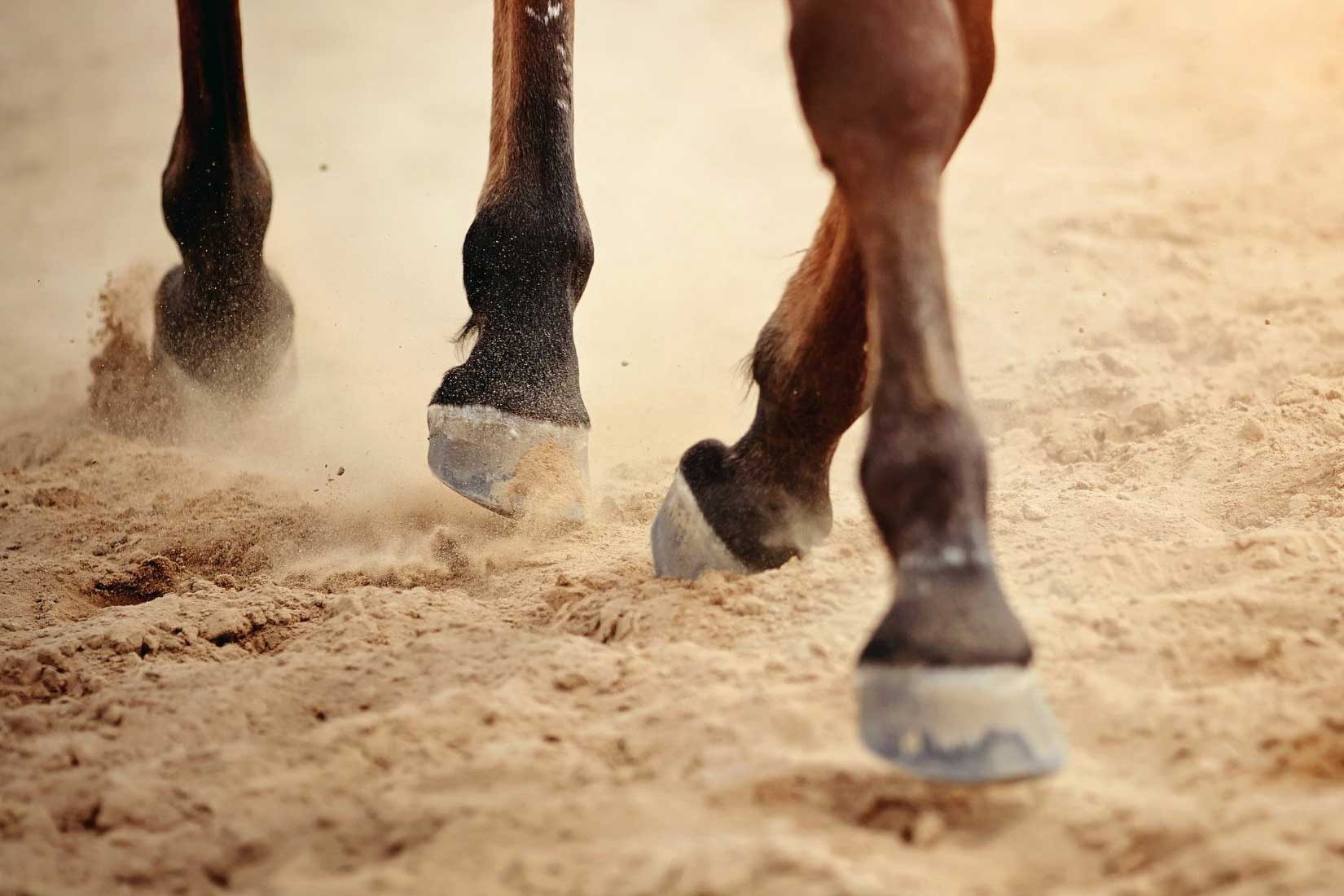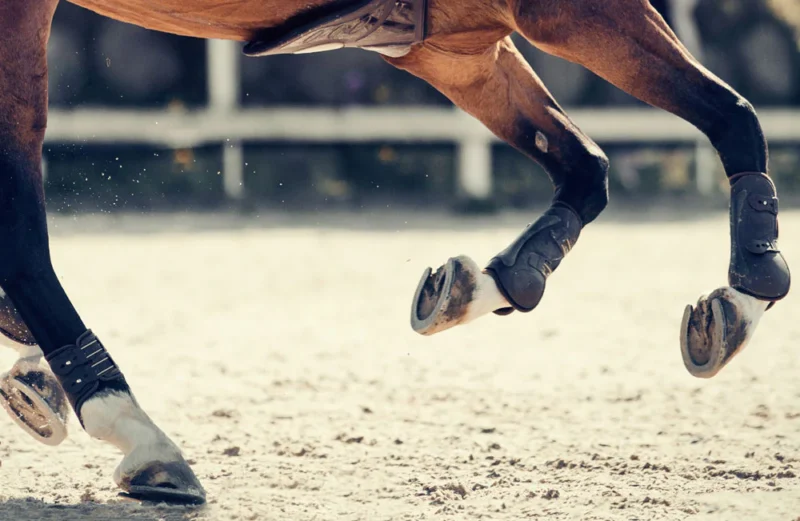Thrush in horses is a common and often frustrating condition for horse owners and caretakers to manage. Unlike other equine health issues, thrush can be particularly stubborn and difficult to eradicate completely. It is caused by a bacterial infection that thrives in damp, dark environments such as the hooves of horses.
Left untreated, thrush can lead to discomfort for the horse, lameness, and even more serious complications. Fortunately, there are various treatment options and best practices that can help effectively manage and prevent thrush in horses. In this article, we will explore some of the most effective strategies for treating thrush and keeping your horses hooves healthy and happy.
Understanding Thrush in Horses

Understanding thrush in horses is crucial for any horse owner or caretaker. Thrush is a common bacterial infection that affects the hooves of horses, typically caused by bacteria that thrive in wet, dirty environments.
The infection can cause discomfort, lameness, and even more serious hoof issues if left untreated. It is important to be able to recognize the signs of thrush, such as a foul odor coming from the hoof, black or gray discharge, and sensitivity when picking out the hoof. By understanding the causes and symptoms of thrush, horse owners can take proactive steps to prevent and treat this common equine ailment.
Treatment Options for Thrush in Horses

There are several treatment options available for managing thrush in horses. The first step is to clean the affected area thoroughly, removing any debris and dirt. Some horse owners choose to soak the hoof in a solution of water and white vinegar to help kill bacteria and fungi. Another popular treatment is to apply a commercial thrush treatment product specifically designed for horses.
These products often contain antifungal and antibacterial ingredients to help combat the infection. It is important to follow the instructions carefully and continue treatment until the thrush is completely gone.
In severe cases, a veterinarian may need to be consulted to explore more advanced treatment options such as oral medications or hoof trimming. It is crucial to address thrush promptly to prevent it from spreading and causing further discomfort to the horse.
Best Practices for Managing Thrush in Horses

Managing thrush in horses requires a comprehensive approach that includes regular cleaning of the hooves, trimming excess frog tissue, and maintaining good hoof hygiene. It is important to establish a consistent routine for cleaning and treating thrush in order to prevent it from recurring.
When selecting a treatment option, it is essential to choose products that are safe and effective for horses. Proper hoof care, including regular inspections and consultations with a veterinarian or farrier, will help prevent thrush and maintain overall hoof health.
Additionally, implementing good stable management practices, such as maintaining clean and dry living conditions for horses, can help reduce the risk of thrush developing in the first place. By following these best practices, horse owners can effectively manage and prevent thrush in their horses.
Conclusion
In conclusion, effectively managing thrush in horses is crucial to maintaining their overall health and well-being. By employing a combination of treatment options such as topical antifungal agents, diligent hoof cleaning, and appropriate hoof trimming practices, horse owners can effectively combat this common and often problematic condition.
Additionally, incorporating proactive measures such as regular exercise and the use of quality hoof conditioners like Best Hoof Conditioner can help prevent future occurrences of thrush. With proper care and attention to detail, horses can remain sound and comfortable, allowing them to perform at their best.


